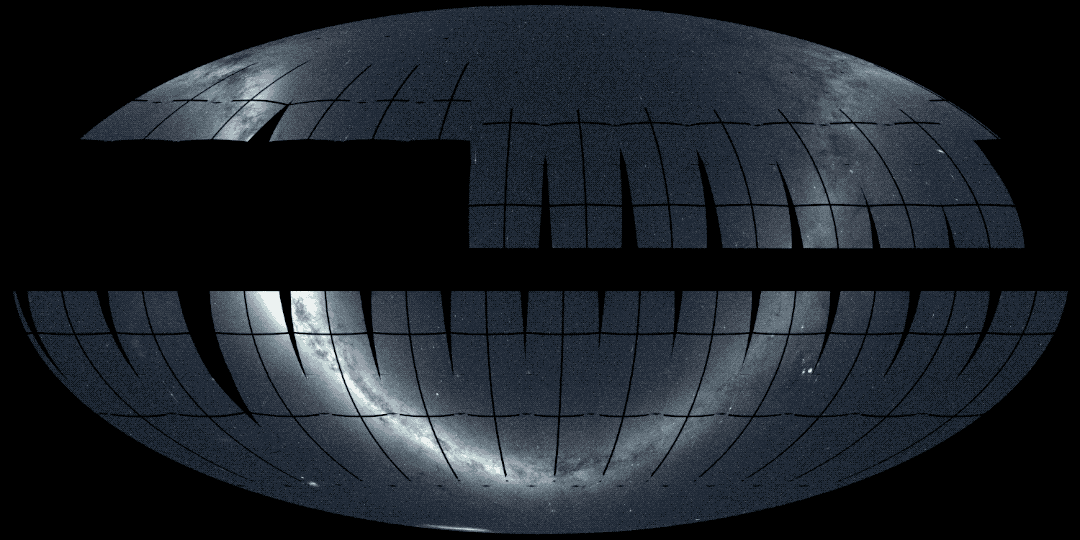Astronomer, Explorer, and Tinkerer
I am currently a postdoctoral researcher at the TESS Science Office in the Massachusetts Institute of Technology. Previously, I was a 2020 NASA Hubble Fellow at the Institute for Astronomy in Hawai’i. My focus is on data-driven studies of starlight from stars, most prominently measurements of starlight over time called light curves. Planet-hunting missions, such as NASA’s Kepler, NASA’s Transiting Exoplanet Survey Satellite (TESS), and the European Space Agency’s Gaia have truly catapulted us into the large survey-era of astronomy. More than ever, we need clever tools to assist us astronomers in making new discoveries and deepening our understanding of the Galaxy and cosmos from this deluge of data. This is where my research interests come in!

Research Interests
- Variable Stars
- Data-driven Astronomy, including Astrostatistics, Machine Learning, and Deep Learning
- Galactic Archaeology
- Exoplanetary Science
Highlighted Publications
A list of my publications on the SAO/NASA Astrophysics Data System (ADS) can be found in this link. Do also check out the Publications page for more details!
- Hon, M.; Huber, D.; Rui, N. Z.; et al.. “A close-in giant planet escaping engulfment by its star”, 2023, Nature, 618, 917. doi:10.1038/s41586-023-06029-0
- Hon, M.; Huber, D.; Kuszlewicz, J. S.; et al.. ”A ’Quick Look’ at All-Sky Galactic Archeology with TESS: 158,000 Oscillating Red Giants from the MIT Quick-Look Pipeline”, 2021, ApJ, 919, 131. doi:10.3847/1538-4357/ac14b1
- Hon, M.; Bellinger, E. P.; Hekker, S.; et al..“Asteroseismic inference of subgiant evolutionary parameters with deep learning”, 2019, MNRAS, 499, 2445, doi:10.1093/mnras/staa2853
- Hon, M.; Stello, D.; Zinn, J..“Detecting Solar-like Oscillations in Red Giants with Deep Learning”, 2018, ApJ, 859, 64, doi:10.3847/1538-4357/aabfdb
- Hon, M.; Stello, D.; Yu, J..“Deep learning classification in asteroseismology”, 2017, MNRAS, 469, 4578, doi:10.1093/mnras/stx1174
Media Highlights
The ‘Forbidden Planet’ That Escaped a Fiery Doom, The New York Times, https://www.nytimes.com/2023/06/28/science/planet-star-halla-beakdu.html
8 Ursae Minoris b: Scientists unlock mystery of planet that escaped death, BBC News, https://www.bbc.com/news/science-environment-66042269
NASA’s TESS Tunes into an All-sky ‘Symphony’ of Red Giant Stars, NASA Featured Story, https://www.nasa.gov/feature/goddard/2021/nasa-s-tess-tunes-into-an-all-sky-symphony-of-red-giant-stars
How AI Can Determine the Future of Red Giants Like Our Sun, Nvidia Blog, https://blogs.nvidia.com/blog/2017/08/04/red-giants/
Scientists Are Using Artificial Intelligence to Plot the Galaxy, Inverse, https://www.inverse.com/article/31912-machine-learning-ai-classifies-red-giant-age/
